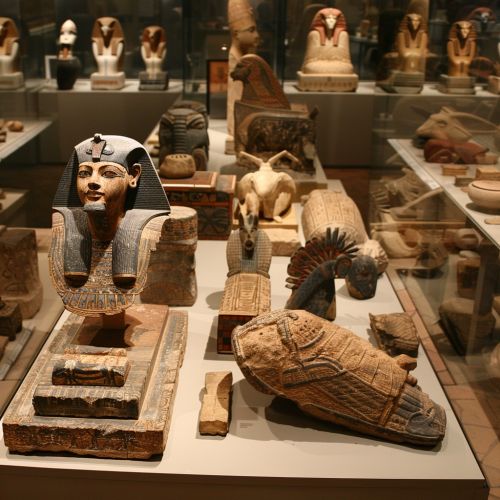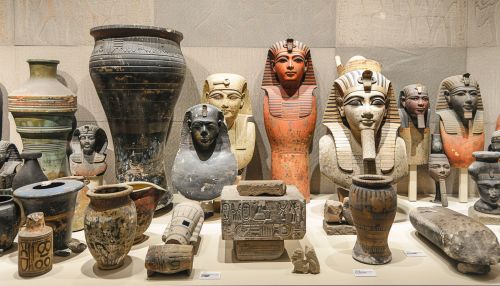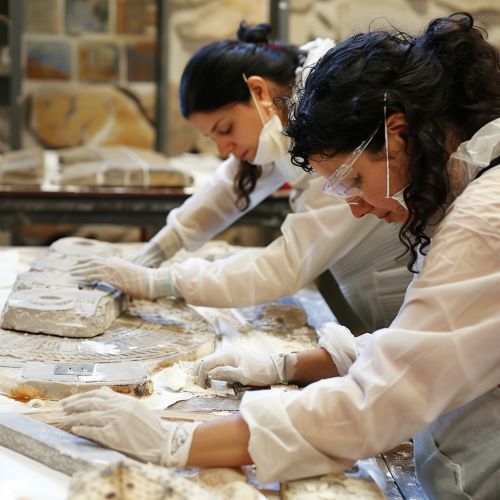Tangible Cultural Heritage
Definition and Overview
Tangible Cultural Heritage refers to the physical artifacts produced, maintained, and transmitted intergenerationally in a society. It includes artistic creations, buildings and monuments, artifacts, landscapes, and records. Unlike Intangible Cultural Heritage, which consists of non-physical aspects such as traditions, oral history, and performing arts, tangible cultural heritage can be touched, seen, and experienced in a physical form.


Importance of Tangible Cultural Heritage
Tangible Cultural Heritage plays a crucial role in maintaining the cultural identity of a society. It serves as a link from the past to the present and provides a reference for the future. It helps societies to remember and understand their history and to respect their heritage, fostering a sense of belonging and continuity. It also contributes to social cohesion, encouraging communities to take responsibility for their own heritage.
Types of Tangible Cultural Heritage
Tangible Cultural Heritage can be categorized into three main types: movable, immovable, and underwater heritage.
Movable Heritage
Movable heritage includes objects or artifacts that can be moved from one location to another. These include paintings, sculptures, coins, manuscripts, and other items of historical, artistic, scientific, or spiritual significance.
Immovable Heritage
Immovable heritage includes monuments, archaeological sites, and elements or structures of historical, artistic, scientific, spiritual, or social value that are part of the cultural landscape. This can range from buildings and monuments to sites with historical, archaeological, or religious significance.
Underwater Heritage
Underwater heritage includes all traces of human existence that lie or have lain underwater and have a cultural or historical character. This includes shipwrecks, underwater ruins, and cities submerged due to natural disasters or human activities.
Preservation and Conservation
The preservation and conservation of tangible cultural heritage is a critical concern for many nations and organizations worldwide. It involves a range of activities including documentation, research, public education, legislation, and the implementation of preservation and conservation techniques.


Threats to Tangible Cultural Heritage
Tangible Cultural Heritage faces numerous threats, including natural disasters, conflict, neglect, and illicit trafficking. The destruction or loss of these artifacts can lead to the loss of valuable historical and cultural information.
International Protection of Tangible Cultural Heritage
Several international conventions and organizations work towards the protection and preservation of tangible cultural heritage. The UNESCO World Heritage Convention is one of the most well-known and widely ratified international legal instruments for the protection of cultural and natural heritage.
